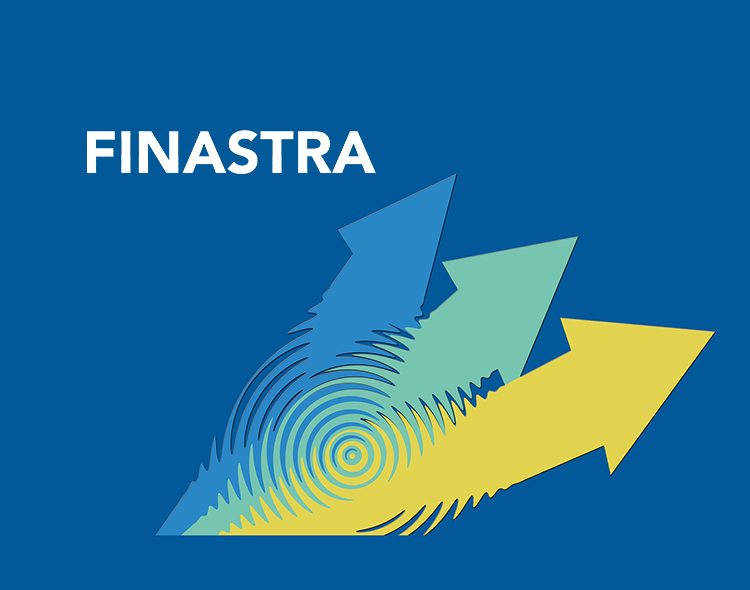Takeaways from the events highlight why an end-to-end technology stack is key to unlocking innovation for mortgage and lending teams at community banks and credit unions
Finastra, a global provider of financial software applications and marketplaces, brought together leaders from community banks and credit unions across the United States to discuss innovation in lending technology, operational and strategic initiatives, and trends in mortgage and retail lending. The series, open to current Finastra lending customers, was hosted in Chicago, Orlando, Dallas, and Scottsdale from September through mid-November.
With presentations from Lending business unit product and compliance experts, various financial institutions, and industry partners, User Connect explores how financial institutions can maximize their fintech solutions, offering strategies for achieving increased growth, productivity, and compliance readiness.
“User Connect is a unique opportunity to come together with customers and ecosystem partners to share ideas and best practices,” said Mitch Lucas, head of retail lending at Finastra. “Insights from the event are invaluable, and we look forward to conversations like this throughout the year so that we can enable more seamless customer journeys and more productive time to revenue for lending teams across the US.”
Read More about Fintech : What Are The Fintech Lending Benefits?
Throughout the series, several significant takeaways were highlighted:
1. Optimization of tech stack is key: To generate leads more quickly and easily, nurture these leads, and increase chances to convert them to being a customer, a modern end-to-end tech stack is crucial. If a borrower encounters any technical obstacles from application through the onboarding process, the risk of losing the lead to a competitor increases significantly.
2. Automation and streamlined processes address operational challenges: To process loans quickly and underwrite more efficiently, leveraging integrated services, embracing workflow automation, and utilizing document management for a paperless loan file eliminates many operational challenges. Systems that migrate borrower information from the point-of-sale to the loan origination system automatically reduce human error, decrease incidences of regulatory compliance issues, and speeds up prequalification, approvals, and processing times. Research from Finastra and East & Partners supports this takeaway, noting that lending process automation remains a major area for improvement, with significant room for growth in approvals, closing, origination, and servicing. 11% of respondents said they utilize automated approvals, while just 10% offer automated loan closing processes. Even fewer respondents have succeeded with origination and servicing automation, at 7% and 6% respectively.
3. Importance of readiness for increased loan applications: According to the Mortgage Bankers Association (MBA), the mortgage origination market is expected to improve by 19% to $1.95T in 2024, a rebound after the estimated 30% drop from 2022 to 2023 and 50% fall from 2021 to 2022. While volume has significantly slowed, lenders must be ready for an uptick in applications, so they do not lose leads to competitors. Financial institutions can prepare by investing in scalable technologies, setting up parameters for automatic prequalification, focusing on personalized experiences, and building self-service portals for document management.
4. Section 1071 is looming, and financial institutions need to be ready: Although Section 1071 of the Dodd-Frank Act is currently wrapped up in ongoing litigation, borrowers and compliance experts agree preparation is important. Users throughout the series were polled and noted that banks and credit unions are paying close attention in order to train staff and align processes. Attendees agreed that since commercial lending practices are often challenging to implement, preparing early is critical should the litigation fail.
5. Supporting younger generations on their homebuying journey: According to a presentation from David Lykken, chief transformational officer at Transformational Mortgage Solutions, the typical American dream of home ownership has not gone away, but younger buyers are struggling to break into the market, noting that people aged 28-38 have only a 28.87% rate of home ownership. When rates decrease, an increase in this number is expected, but planning is important. Brian Bone, president and CEO at American Partners Federal Credit Union stated during a panel discussion, “My kids are very concerned about their ability to buy a home. We as an industry need to do everything we can to help them, whether that means credit coaching, down payment assistance, or other programs. This also includes ensuring we offer the best of both worlds – the human touch of financial services with a technology stack suitable for their needs.”
Brian Bone added, “The User Connect series in Orlando was a valuable experience for me and my credit union. I learned a lot from Finastra’s experts and partners. I also appreciated the opportunity to network with other financial institutions and share best practices. Finastra’s User Connect series is a great event for anyone who wants to stay ahead of the curve in the lending industry.”
Finastra is a global provider of financial software applications and marketplaces, and launched the leading open platform for innovation, FusionFabric.cloud, in 2017. It serves institutions of all sizes, providing award-winning software solutions and services across Lending, Payments, Treasury & Capital Markets and Universal Banking (Retail, Digital and Commercial Banking) for banks to support direct banking relationships and grow through indirect channels, such as embedded finance and Banking as a Service. Its pioneering approach and commitment to open finance and collaboration is why it is trusted by more than 8,000 institutions, including 45 of the world’s top 50 banks.
Latest Fintech Insights : How Does Fintech Makes Money?
[To share your insights with us, please write to pghosh@itechseries.com ]
